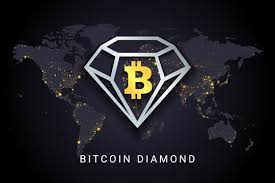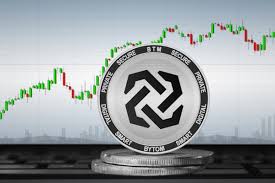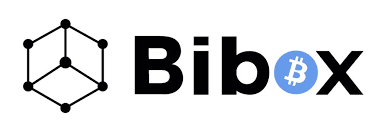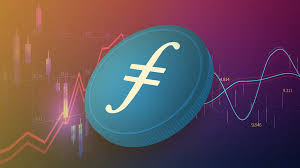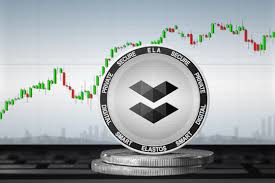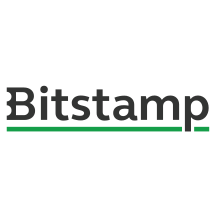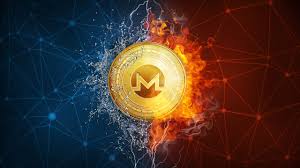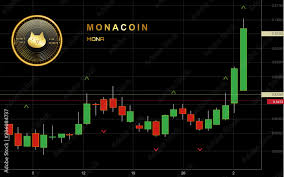Bitcoin’s main goal was to provide a decentralized, peer-to-peer digital currency system that would enable safe, cross-border transactions without the need for middlemen like banks. Introduced in January 2018, Ravencoin is a more recent cryptocurrency. To produce and exchange digital assets and tokens, it was created to function as a blockchain platform. Its primary objective is to make it possible for users to tokenize physical assets including real estate, precious metals, collectibles, and more. It features a quicker block creation time and a modified mining algorithm to avoid ASIC mining. Ravencoin began in mid-2018, but its RVN currency didn’t trade over $0.10 until April 2021, when the crypto market was at an all-time high. The current value of one Ravencoin (RVN) in Bitcoin (BTC) is about BTC0.00000063. Although both Ravencoin and Bitcoin are well-known cryptocurrencies, they have different characteristics and applications. A thorough comparison of Bitcoin and Ravencoin is provided below:
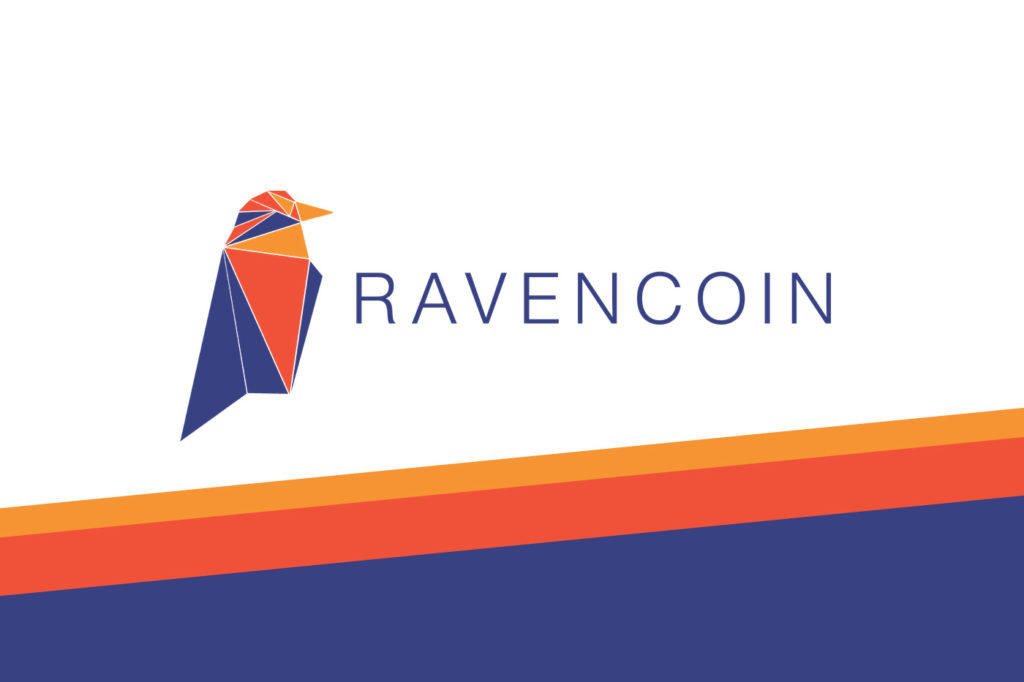
Cryptocurrency technology
The Proof-of-Work (PoW) consensus process used by Bitcoin depends on miners’ use of computing power to verify transactions and build new blocks. It is less suited for high-frequency transactions or real-time applications because of its slower block time of around 10 minutes. Much like Bitcoin, Ravencoin uses a PoW consensus algorithm. It employs the KAWPOW mining algorithm, however, which tries to be more ASIC-resistant and facilitates more mining participation. With a block duration of under one minute, Ravencoin is better suited for token transfers and asset issuance.
Asset issuing and tokenization
Although it is a kind of digital asset, Bitcoin mainly functions as a means of trade and a store of value. On its blockchain, it does not inherently enable the creation and issuance of additional tokens or assets. One of the main goals of Ravencoin is to provide users with the ability to design and send their tokens that represent different types of assets. Due to this characteristic, it is now being used for tokenization, in which real-world assets are represented on the blockchain to facilitate simpler fractional ownership, safe transactions, and open record-keeping.
Community and growth
As the first and best-known cryptocurrency, Bitcoin has a sizable and well-established user, developer, miner, and investment community. Its growth is somewhat conservative and prioritizes stability and security. Ravencoin places a high emphasis on decentralization and community interaction. The platform concentrated on putting in place a strong governance framework that enables token holders to take an active role in decision-making. Community-driven development was essential in determining Ravencoin’s future course.
Market acceptance and worth
In terms of market value and acceptance, bitcoin is the most prominent cryptocurrency. It is generally regarded as a digital store of value and is used by more and more merchants and companies throughout the globe. In comparison to Bitcoin, Ravencoin has a much-reduced market capitalization. Although it has a market specialization in asset representation and tokenization, it hasn’t had the same degree of wide-scale acceptance as Bitcoin.
Roadmap for scalability and development
Scalability problems with Bitcoin have caused talks and a range of answers have been put forward. To improve the scale and transaction rate of Bitcoin, two ways have been proposed: Segregated Witness (SegWit) and the Lightning Network. Ravencoin has been trying to improve its usability and scalability to guarantee its long-term existence. To accommodate more asset transfers, this entails improving transaction speeds, investigating layer 2 options, and putting changes in place. With these initiatives, Ravencoin will be promoted as a dependable and scalable platform for asset tokenization.
Conclusion
In summary, Bitcoin and Ravencoin differ in their origins, purpose, and uses. Bitcoin, being the first cryptocurrency, primarily serves as valued digital money. Ravencoin, on the other hand, is developed with a special emphasis on tokenization and asset representation on the blockchain in mind. Both currencies offer advantages and disadvantages, emphasizing the need for crypto community approval and adoption.
You can also find these articles helpful
Is it profitable to trade RavenCoin
History of Ravencoin
Buying Ravencoin – full guide
